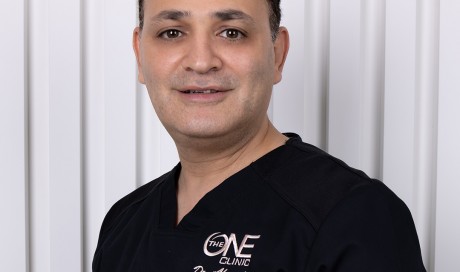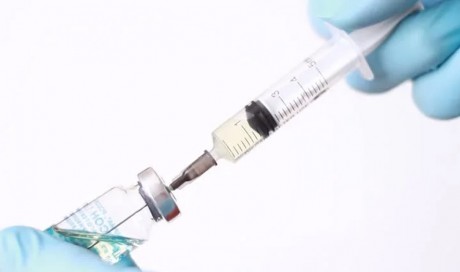What Dental Problems Can Happen?
If you are prone to tooth decay or gum disease, your kids might be at higher risk as well. So sometimes even the most best brushing and flossing habits can't prevent a cavity. Be sure to call your dentist if your child complains of tooth pain, which could be a sign of a cavity that needs treatment.
New materials mean pediatric dentists have more filling and repair options than ever. A silver-colored material called amalgam (a special mix of metals) was once the substance of choice for most fillings in permanent teeth. But now, other materials like composite resins are becoming popular. Resins bond to the teeth so the filling won't pop out, and also can be used to rebuild teeth damaged through injury or conditions like a cleft palate. Because resins are often tooth-colored, they're considered more attractive.
But in cases of fracture, extensive decay, or malformation of baby teeth, dentists often opt for stainless steel or ceramic crowns. Crowns maintain the tooth while preventing the decay from spreading.
In some rare instances, usually when a more complicated dental procedure is to be done, a dentist will recommend using general anesthesia. Parents should make sure that the professional who gives the medicine is a trained anesthesiologist or oral surgeon before agreeing to the procedure. Don't be afraid ask your dentist questions.
Regular checkups and good dental hygiene can help prevent the need for this kind of extensive dental work. Also, encourage your kids to use a mouthguard during sports, which can prevent serious dental injuries.
What Is Orthodontia?
As kids get older, their bite and the straightness of their teeth can become an issue. Orthodontic treatment begins earlier now than it used to, and braces have changed too. The embarrassing old gear — a mouth filled with metal wires and braces — is in the past. Kids as young as age 7 now wear corrective appliances, and plastic-based (sometimes clear) materials have replaced metal.
Orthodontists know that manipulation of teeth at a younger age can be easier and more effective in the long run. Younger children's teeth can be positioned with fairly minor orthodontic devices, preventing major treatment later on.
Looking Ahead
As kids grow, plan on routine dental checkups anywhere from once every 3 months to once a year, depending on your dentist's recommendations. Keeping sugary foods in check, encouraging regular brushing and flossing, and working with your dentist will lead good dental health.
Share This Post














